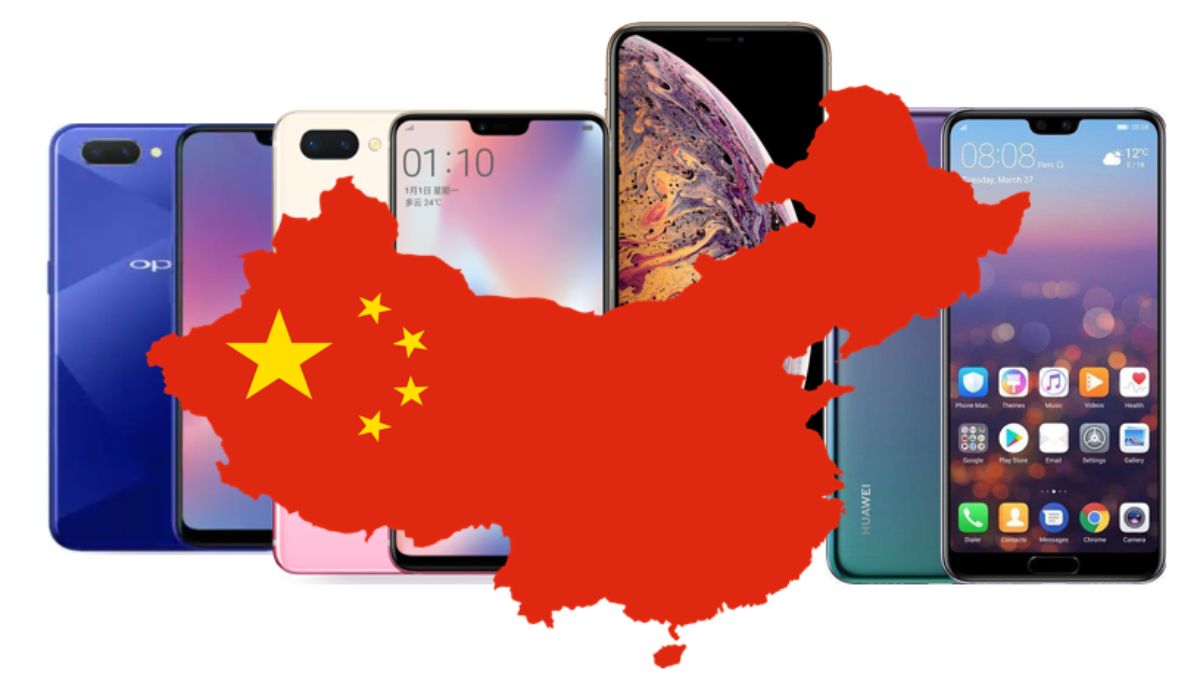
Advertisement
Smartphone shipments in Southeast Asia will continue to increase in 2024. Smartphone shipments in five Southeast Asianmarkets reached a total of 7.26 million units, up 20% year on year, according to research by technology market analysiscompany Canalys.
This recovery follows an economic recovery that began in the fourth quarter of 2023 and marked the first year ofsmartphone shipments in nearly two years. Canalys analyst Le Xu Chiew said this change was driven by a stable economy,government support and strong year-end sales, which boosted consumer confidence and regional spending.
Smartphone manufacturers are using aggressive strategies to invest in trends such as affordable 5G, integrated artificial intelligence , development ecosystem repair and channel optimization to benefit from the economic recovery. Samsung regained its number one market share in Southeast Asia in January, thanks to the success of its premium S24 series with longbattery life and new intelligence features.
Chinese competitors such as Xiaomi and Transsion are also increasing their interest in the Southeast Asian market byoffering new phone models at competitive prices. Xiaomi, the second largest mobile phone in terms of shipments, grew 128%year-on-year in January, while Transsion grew 190%.
Increasing disposable income in the region and the growing middle class population as consumers switch to smartphonesare the main drivers of this growth. By comparison, smartphone sales in China, the world’s largest smartphone market, fell7% in the first six weeks of 2024 due to the impact on consumer confidence and problems in the property market.
Smartphone shipments from Apple and especially China fell 24% during this period, partly due to the reemergence of local rivals Huawei and very slow production. As a result, brands like Apple and Huawei have shifted their focus to emerging markets such as Southeast Asia, which are expected to grow faster than other regions.
Canalys forecasts annual growth in Southeast Asia to be 7%. By 2024, the Asian smartphone market will be 3% larger thanthe global average. This growth potential attracted the attention of international brands; Apple plans to open its first store inMalaysia and Huawei is strengthening ties with its partners in South Asia.
Indonesia remains Southeast Asia’s largest smartphone market, followed by the Philippines, Southeast Asia’s largest smartphone market. Performance has been strong, with shipments increasing 77% over last year. Thailand, Vietnam andMalaysia also contributed to the region’s smartphone market, with Vietnam’s shipments declining slightly by 2% year-on-year.
As Southeast Asian countries become important for smartphone companies seeking growth, competition should intensify during the event, driving innovation and investment trends in the region’s business environment.
